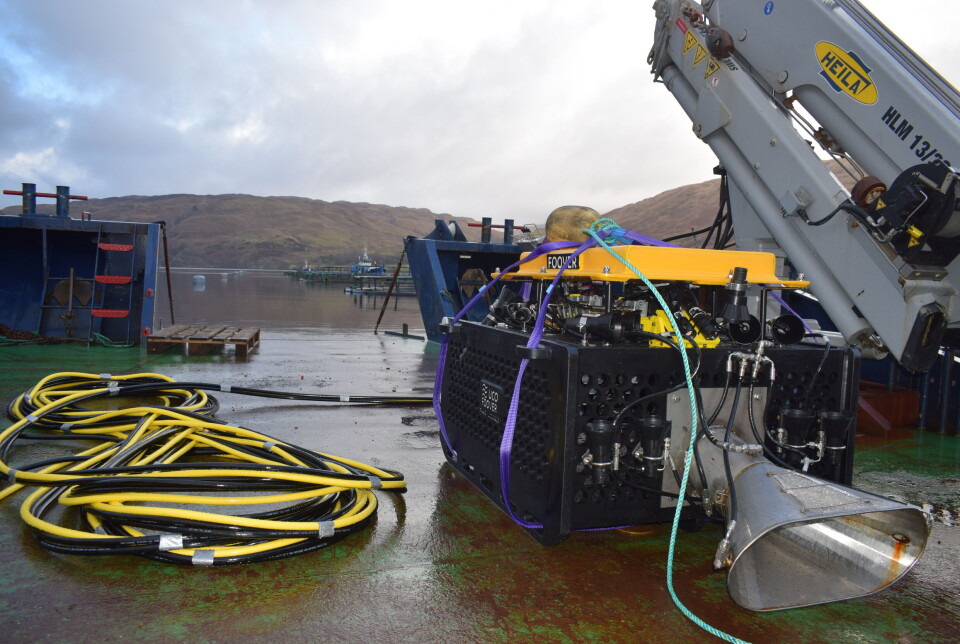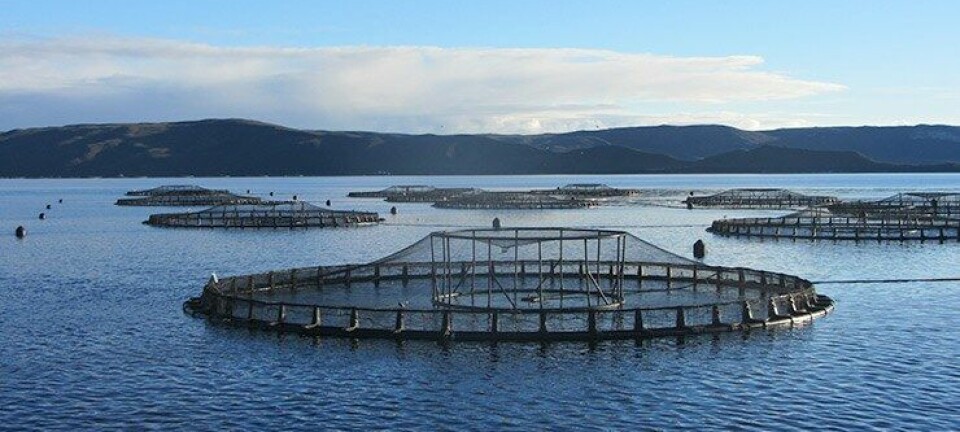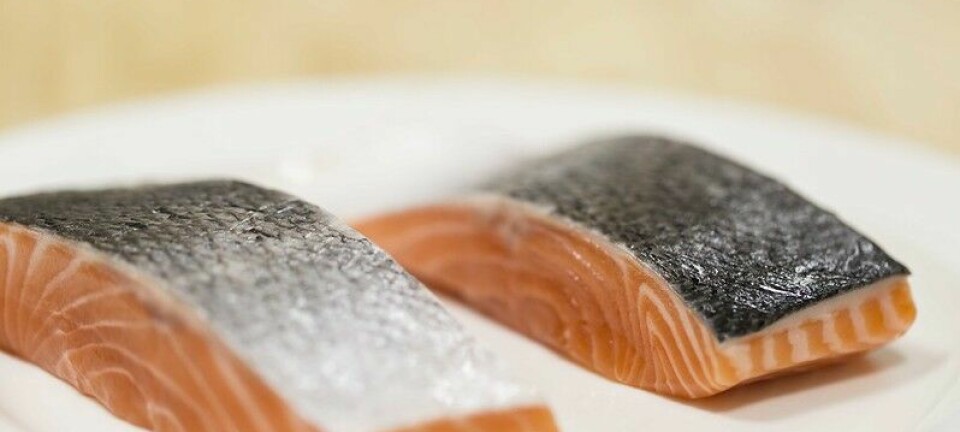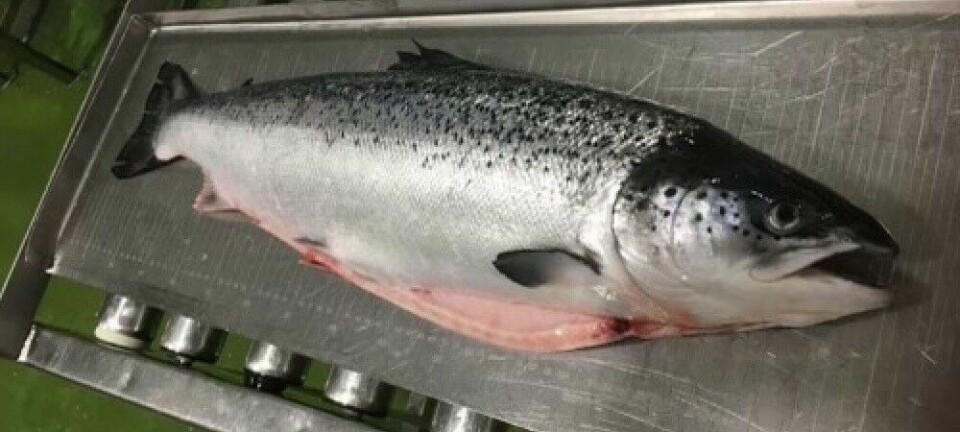
Mowi and UCO developing ROV to euthanise sick fish in pens
Scottish producer seeks humane solution for hard-to-catch salmon
Salmon farmer Mowi Scotland and Aberdeen-based remotely operated vehicle (ROV) supplier Underwater Contracting (UCO) are developing an ROV that can capture, assess, and humanely euthanise injured or moribund fish in pens.
Mowi already uses UCO’s Foover ROV as a secondary system for selective removal of dead fish from net pens, and now wants to develop the machine to capture sick or injured fish which can be difficult or impossible to catch in a net.
“We are very happy with the service level from UCO, so we’ve expanded the business with them,” said Mowi Scotland chief operating officer Ben Hadfield.
“They’re quite innovative – we’ve seen things like net patching and using the ROV to inspect stock, etc. We’ve asked them if there’s a method of welfare-scoring fish and being able to capture and euthanise - with the best welfare - individual fish that are showing signs of damage, disease, or stress.”
Every fish matters
Hadfield stressed that Mowi Scotland was operating with an annual superior share of more than 96% of its harvest, an indicator of excellent fish health, and that moribund fish are in “an absolute minority”.
“But as farmers we are responsible for the health and welfare of every single animal under our care, and so we’ve made it our number one priority with Foover to come up with a method of capturing fish which have been damaged or have compromised welfare, and we’ll train staff to euthanise them properly using the Foover,” said Hadfield.
“We have talked about using lights and various methods to try to attract the fish and reduce any stress when they are captured with the Foover, and from that it’s a question of how do you euthanise with welfare in mind.
“The innovation level is quite high. It could be, for example, be some kind of metallic conductive base on the Foover, so that when you bring it to the surface and it is out of the water of the bulk of the population you can send an electric shock through the base of the Foover basket. That’s what we’ve set about working on the Foover and we’ll hopefully deliver on it.”
Hard to catch
The difficulty of catching sick or injured fish is one motivation for the Foover development.
“They are very difficult to get hold of,” explained Hadfield. “You think you can just walk up and net them, but the pens are big and they’re a fast-moving animal.”
Having the ability to capture more of the small number of sick or injured fish in a pen would also deprive anti-fish farming activists of an opportunity to promote a false impression of the sector.
“They are watching where treatment boats go and try to find a handful of [moribund] fish and film them over and over again and present something which is disingenuous to the majority of farming conditions,” said Hadfield.
Safeguarding the stock
Removing sick fish more efficiently, along with a continued focus on mort removal, would also contribute to safeguarding healthy fish.
“The Foover’s not the main mortality system. For a long time now all pens have had baskets or Lift-Ups or similar systems, but in addition to that we want really good fish health and daily removal or twice daily removal of mortality is important.
“As far as I can see from our Mowi data, the level of bacterial and viral disease in Mowi and the Scottish sector is some of the lowest I’ve seen for years. Gill health and challenges with amoebic gill disease and jellyfish, etc., have been the mainstay of mortality in the last couple of years.
“But in keeping the stocks healthy, you’ve got to be able to remove mortality at least on a daily basis. That’s how you stop small numbers of sick fish spreading it to a population level.”
Automated option
Once the Foover capture system is developed, the next step will be to automate it.
“I don’t think that AI (artificial intelligence) piloting of the Foover is that far away,” said Hadfield.
“We use AI for pellet recognition, and particularly in Norway we use it for net cleaning and robotics there. First things first, we should be able to capture a fish and do the welfare score, and make sure that the welfare and the euthanasia and the process is as animal friendly as it can be. After that, we can try to automate it.”























































